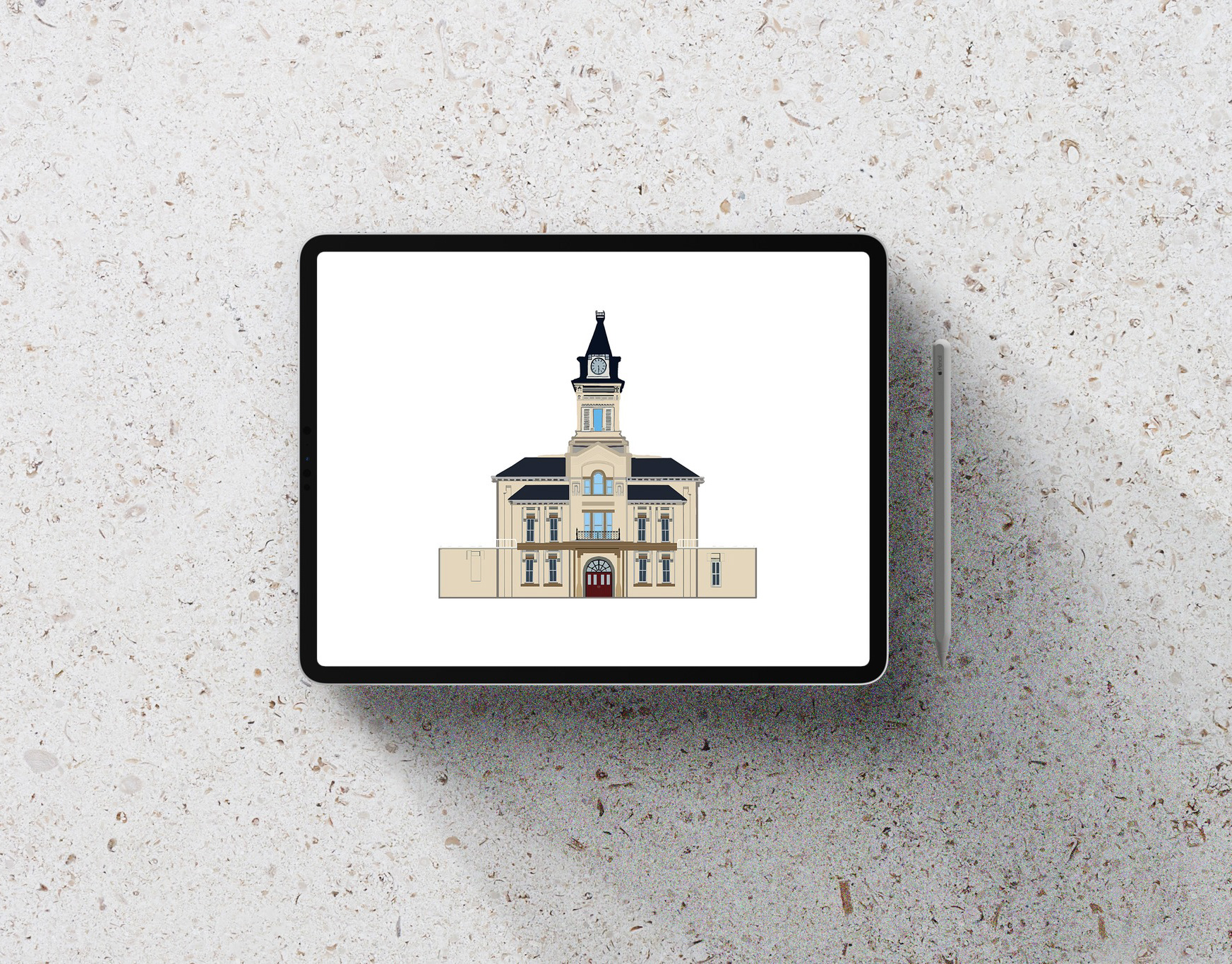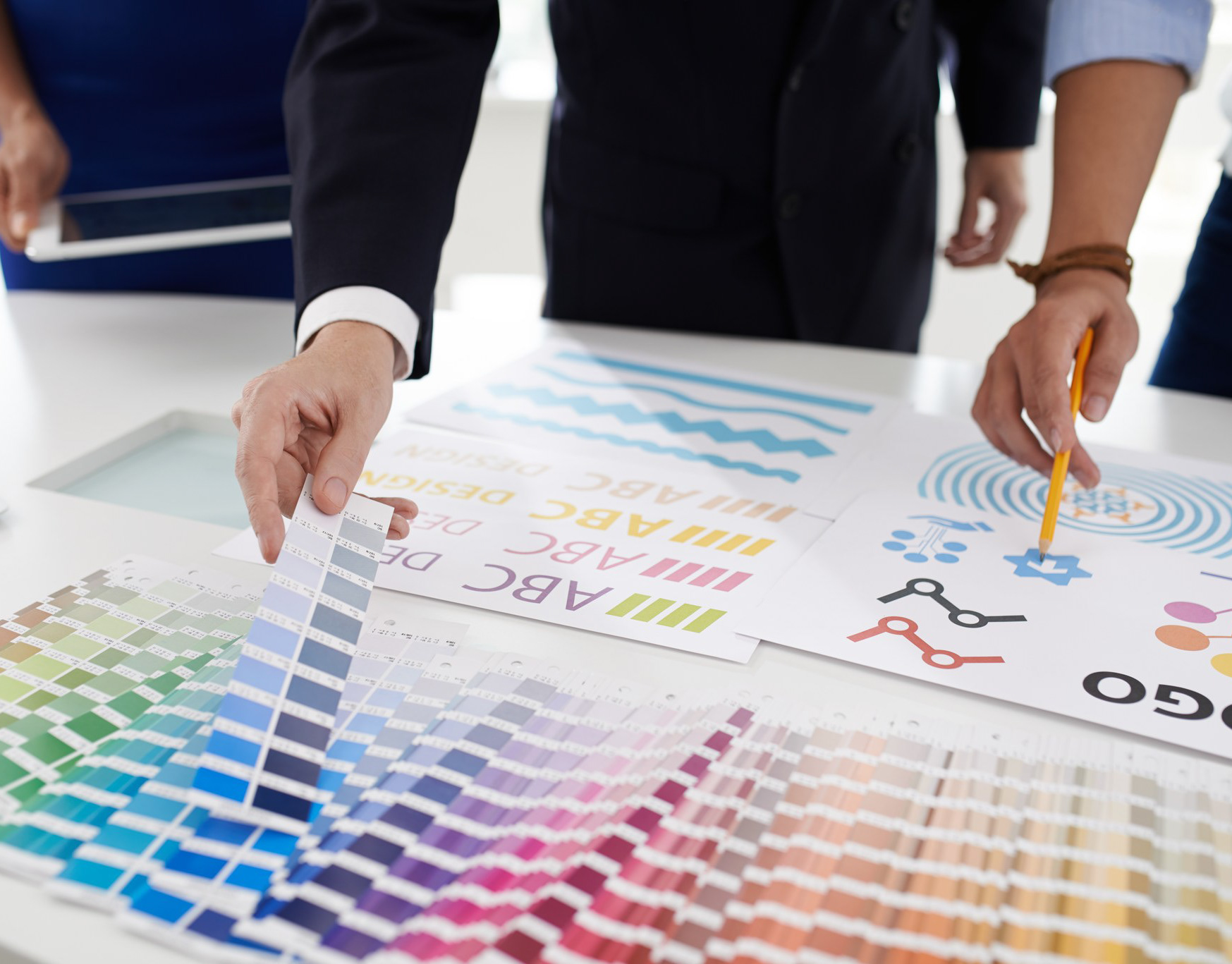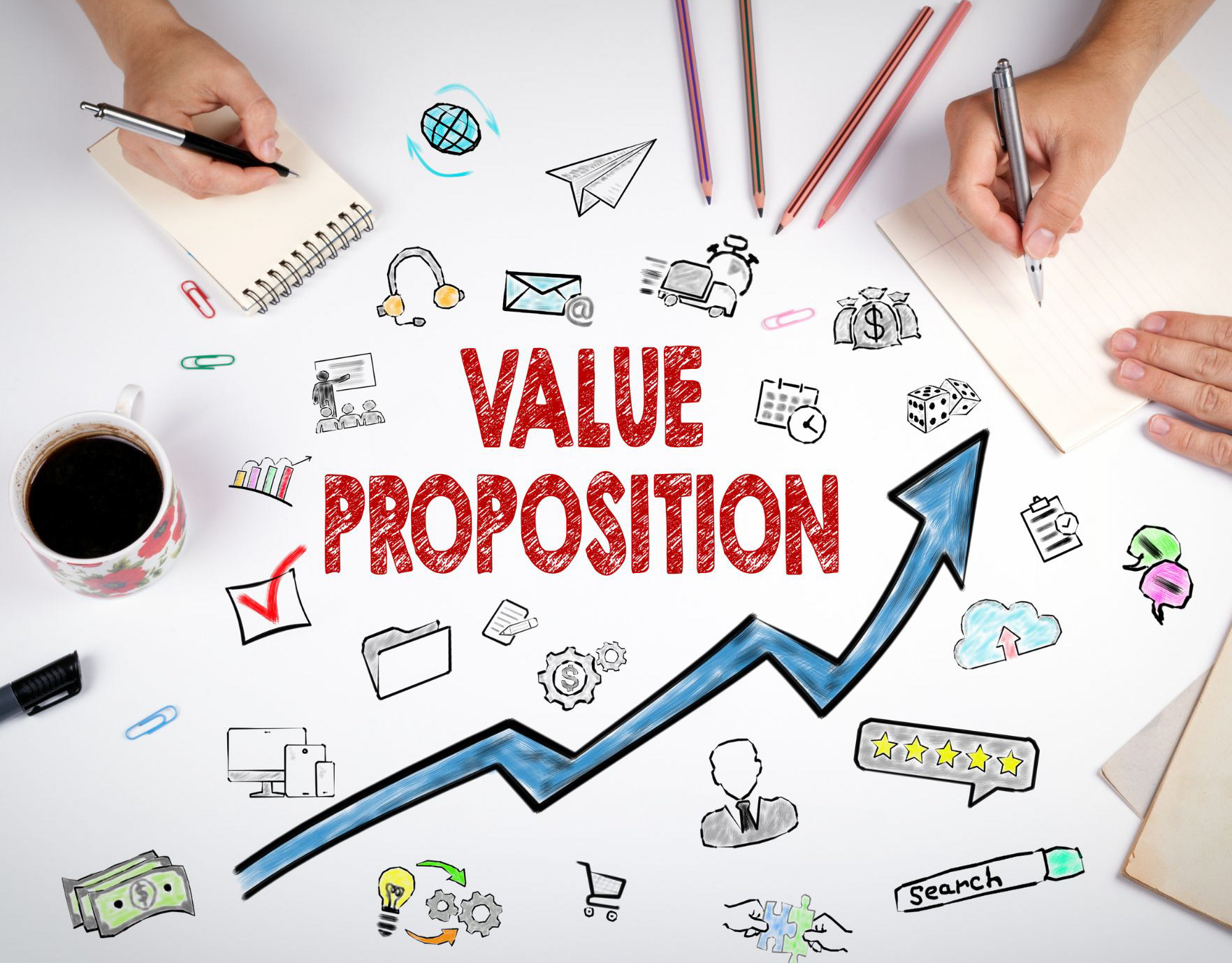A mood board is a visual tool used in design and creative processes to convey the overall aesthetic, mood, and style that a project or brand aims to achieve. It is a collage of images, colors, textures, patterns, and other visual elements that collectively evoke a particular atmosphere or feeling. Mood boards are often created at the early stages of a project to inspire and guide the design direction.
Key characteristics of a mood board include:
Visual Inspiration: Mood boards compile visual elements that inspire and represent the desired look and feel of a project. This can include photographs, illustrations, textures, typography samples, and more.
Color Palette: Mood boards often incorporate a color scheme that aligns with the project's mood and theme. Colors are selected to evoke specific emotions or convey a particular atmosphere.
Textures and Patterns: The inclusion of textures and patterns helps communicate the tactile and visual qualities that the project aims to achieve. This can be important for design projects like interior design or branding.
Typography: Samples of fonts or typographic styles may be included to give an impression of the intended textual aesthetic. This helps establish the overall tone of written content.
Themes and Concepts: Mood boards can convey overarching themes, concepts, or narratives that guide the creative process. They serve as a visual reference to ensure that the design aligns with the intended direction.
Collage Format: Mood boards are often presented in a collage format, with images and elements arranged in a visually appealing and cohesive manner. This format allows for a holistic view of the intended style.
Client Communication: Mood boards are valuable tools for communicating design ideas and concepts to clients or collaborators. They provide a tangible reference point for discussions and feedback.
Project Alignment: Creating a mood board helps ensure that all team members involved in a project are aligned in terms of the visual direction. It serves as a common reference for designers, marketers, and other stakeholders.
Mood boards are used in various creative industries, including graphic design, fashion, interior design, branding, and advertising. They are a versatile and effective way to convey and explore the visual direction of a project before the actual design work begins.
Why the Mood Board Matters
Mood boards matter for several reasons in the creative and design process:
Visual Communication: Mood boards serve as a visual language to convey ideas, moods, and concepts. They provide a tangible and comprehensive representation of the intended aesthetic.
Inspiration: By compiling a variety of visual elements, mood boards inspire and stimulate creativity. They help creators and designers explore different possibilities and spark new ideas.
Guided Direction: Mood boards provide a clear and shared reference point for the entire team, ensuring that everyone involved in the project understands and aligns with the intended visual direction.
Client Collaboration: When presenting ideas to clients, mood boards become valuable tools for communication. They allow clients to visualize the proposed design direction, making it easier for them to provide feedback.
Decision-Making: Mood boards assist in decision-making by helping designers and clients make informed choices about colors, textures, typography, and overall style based on a unified vision.
Consistency: Ensures consistency in design by establishing a cohesive visual identity early in the creative process. This consistency is crucial for building a strong and recognizable brand or project image.
Efficiency: Creating a mood board at the outset of a project streamlines the design process. It provides a roadmap, reducing the likelihood of diverging from the intended aesthetic during the later stages.
Storytelling: Mood boards can convey narratives and stories through visual elements. This is particularly important in branding, where the goal is to communicate the brand's personality and values.
Clarity of Vision: Offers a clear and tangible representation of the envisioned outcome, helping to avoid misunderstandings or misinterpretations among team members and stakeholders.
Empowerment of Creativity: Mood boards empower creative professionals by giving them a starting point and a visual foundation. This can boost confidence and encourage experimentation within the established framework.
In essence, mood boards play a pivotal role in the success of a creative project. They bring clarity, alignment, and inspiration to the design process, fostering effective communication and ensuring that the final output resonates with the intended mood and style.










